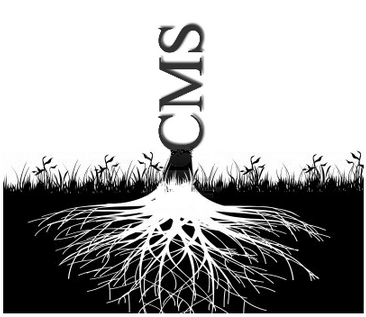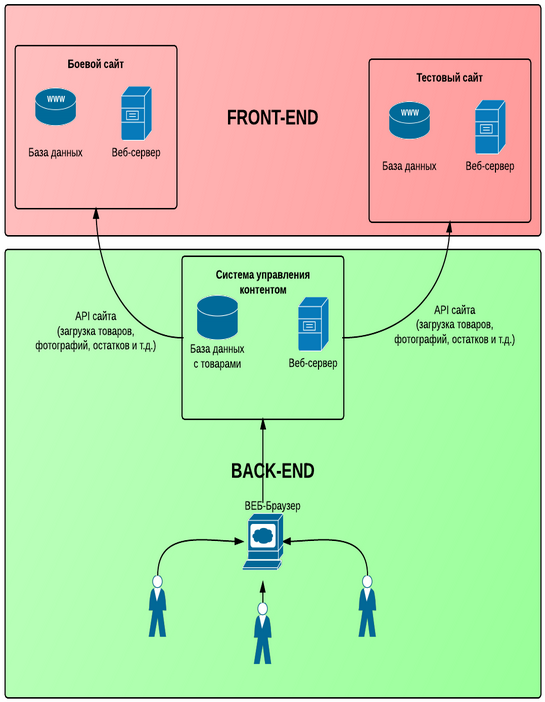Effective online store. How to create product content for a large online store? PART 1

If you are engaged in electronic commerce and the showcase of your online store contains more than five thousand products, then you are familiar with the problem of creating product content.
Suppliers often provide product content in paper catalogs or * .PDF files. It is rarely possible to meet a supplier with product content ready for placement in an online store.
We want to share an example of solving the problem of creating high-quality product content in one of our web projects .
A common way to prepare product content
Preparation of product content is carried out manually by content managers or freelancers who use the data of suppliers, as well as from the Internet. (By the way, we recently opened the possibility of a photographer leaving, for those who do not have their own studio)
Suppliers provide price lists and catalogs in paper and electronic form.
The procedure for preparing product content is usually as follows:
- Creation (hammering) of a spreadsheet - excel-file, with the characteristics of the goods.
- Preparation for each product of several photo files in * .jpg format.
- Uploading files with specifications and photos to the site for display in the necessary sections.
All specifications are clogged in columns. Some characteristics are relevant for all products without exception. They can be called basic:
- Article (4434343)
- Manufacturer (Astro)
- Supplier (Dragoon)
- Series (Russian sources)
- Single Series Products (Hammer, Hammer, Anvil, Tongs)
- Title (Anvil Russian sources 4434343)
Other characteristics are usually present in the product description, but may not be used, for example:
- Item Type (Forge Tool)
- Material (Steel X18H9T)
- Color (gray)
- Width (50 cm)
- Height (40 cm)
- Weight (50 kg)
Finally, there are characteristics specific only to this category of products, for example:
- Mounts (2x4), etc.
This is how an Excel file with the characteristics of product content looks like:

Examples of photos:
- Small photo - shown on the storefront
- Average photo - displayed in the product card
- Large photo - displayed in full screen when zoomed

The main problems of manual preparation of content:
1. Errors in the characteristics of goods that are allowed by content managers and freelancers.
Errors adversely affect:
- on the correctness of impressions in search engines,
- on the correct operation of filters and search on the site,
- on the status of the site in the eyes of the client (who likes to see the “iron” in the “Washing Machines” section?)
Ultimately, errors lead to an increase in the cost of contextual advertising and SEO, to a decrease in conversion, to the loss of orders.
2. The consequence of errors is the need to check the tables prepared by content managers or freelancers, by the hands of more qualified managers. Ultimately, the struggle to improve the quality of content disproportionately increases costs, which conflicts with the return on business. Therefore, the percentage of errors when creating product content usually does not fall below 3-5%.
3. The increase in the volume of content and the number of product categories without changing approaches also increases the proportion of errors, which impedes development - payback with business growth.
4. Characteristic tables are created for each category of goods separately. Thus, the emergence of new product categories, in addition to increasing the share of errors, also increases the total time for loading content on the site. And almost always requires refinement of standard loading tools.
5. Without special measures that increase costs, the content uploaded to the site for various reasons tends to deteriorate.
6. A vulnerable part of the system is a special responsible employee to upload product content to the site. Usually he does this work during the hours of least traffic (usually from 0 to 5 in the morning), so that in case of problems cancel the changes without loss.
7. A particularly important section of the content is information on prices and balances of goods, which is updated, as a rule, every week and requires its own special responsible employee to maintain the minimum required level. As the number of providers and content categories increases, this task becomes one more growth limit for a company under manual conditions.
The problems of creating, downloading and maintaining high quality content reach their climax when moving to work with multiple sites.
The conclusion is obvious: the manual method of preparing and managing product content justifies itself only for small online stores. It is the main brake on development and payback for large online stores or several online stores operated from one center.
A new approach to preparing and updating content
To eliminate or minimize the problems described above, it is necessary, if possible, to automate all processes for working with content.
At the moment, there are almost no ready-made products on the Internet to solve these problems. And the few that are, it is necessary to almost completely process for themselves.
Having appreciated all the pros and cons, we decided to develop a content management system on our own. We started in PHP, since our staff is mainly web programmers.
Scheme of hardware and software architecture

In the next article, we will describe how to work with the interface of our content management system and show what possibilities an alternative approach developed by us to create high-quality content provides.
